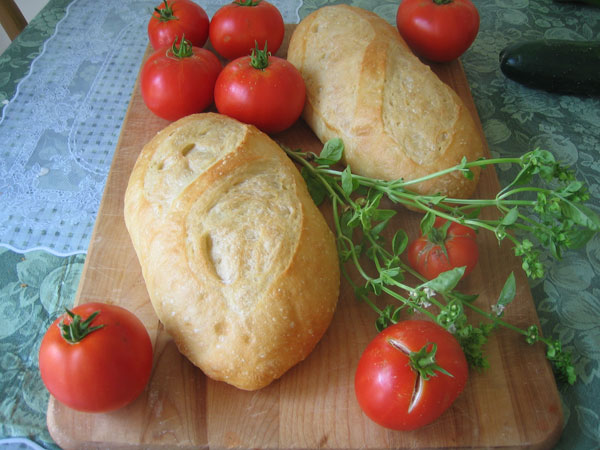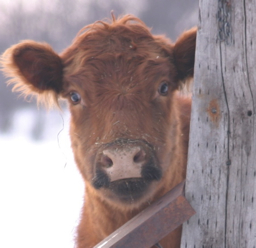
Photo Contest: Harvest Season
Let's try something new: anyone up for a photo contest?
The theme: harvest season, since for all of us in the northern hemisphere it is getting to be that time of year.
If you are a site member, you should be able to upload an image here. I created a new gallery for this contest that your images can go in (click on the categories link while uploading the image to select the gallery). You can also just add a comment to this thread linking to any photo of yours you post on your own site or on photobucket.
My first entry:

At this point, I'd say there aren't any rules because there aren't any prizes. Obviously baked goods should be involved though.
If you run into any trouble posting images, email me your image and I can post the image for you. Just be sure to include your screen name and any comments about it so that I can attribute it to you properly.
Updated 9/19: I'm going to start including some of the cool pics people are uploading here, so people don't have to go hunt around for them.
There is wendyshum's rustic bread full of flax, pumpkin, and sunflower seeds:
and beenjamming's sourdough with NY apples:
Whoa! I just noticed Joe Fisher's loaf shaped like a pumpkin:
(click on the image to see a large pic and what he wrote about it)











